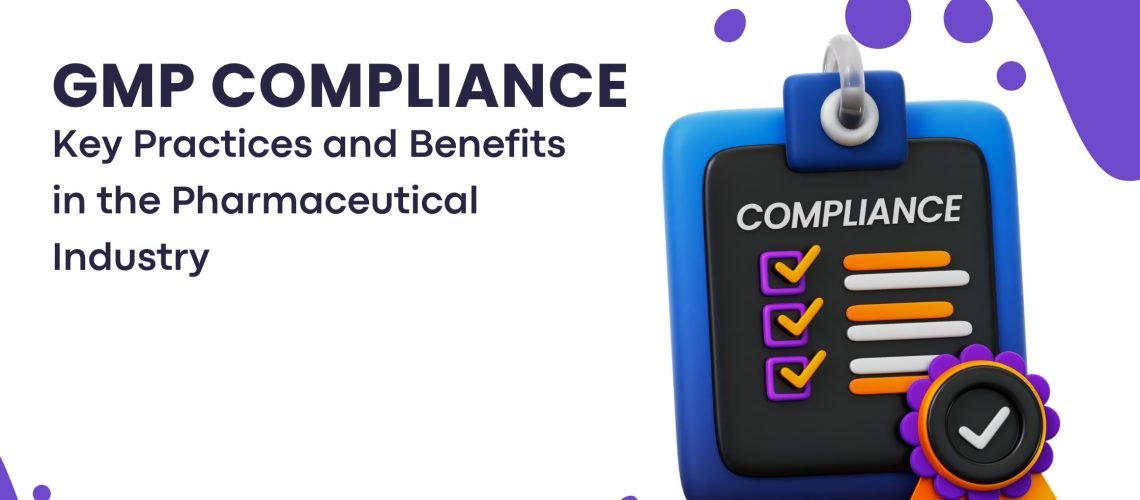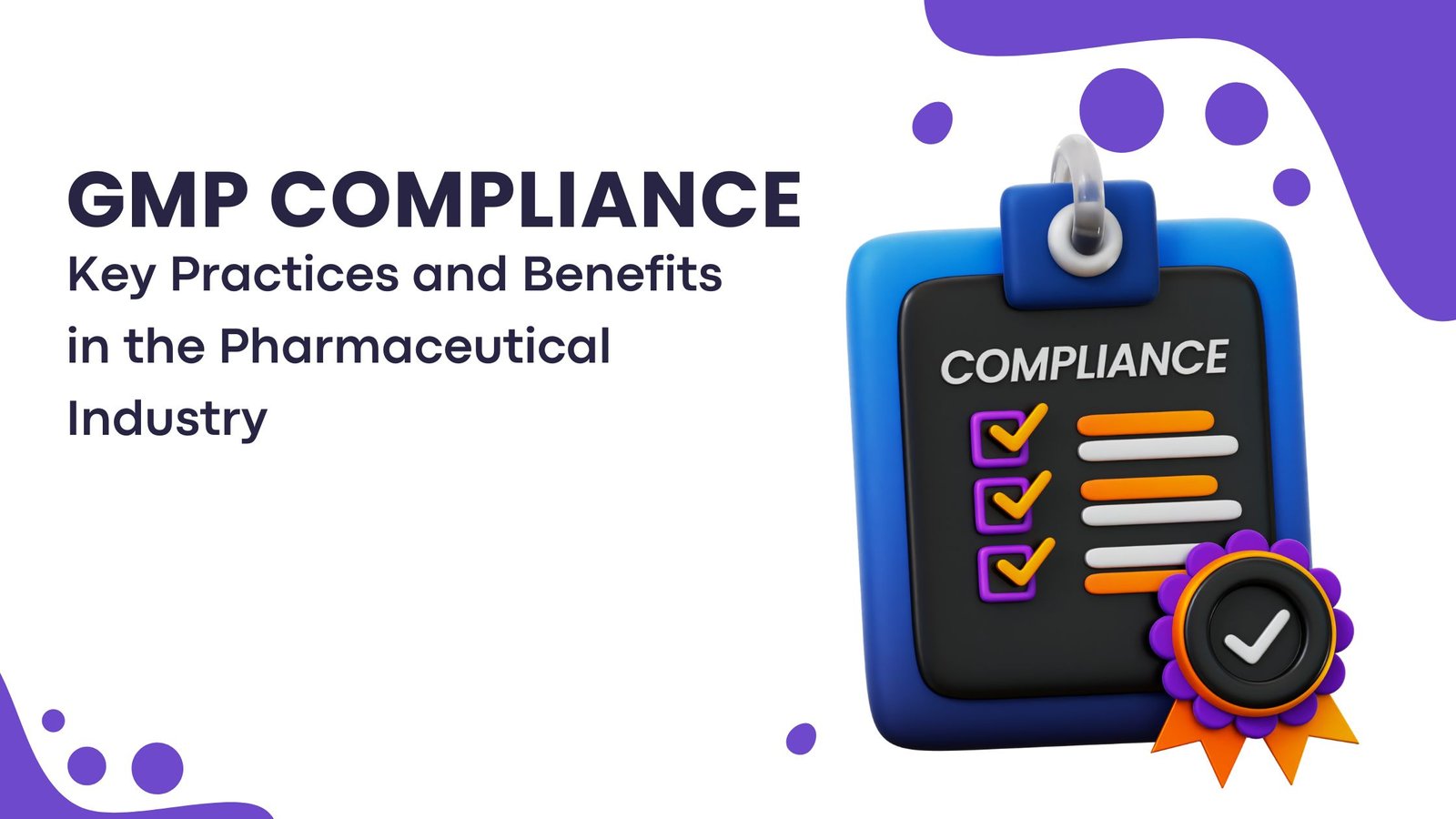Understanding GMP Compliance
Good Manufacturing Practice (GMP) compliance is a critical aspect in the pharmaceutical industry, ensuring that products are consistently produced and controlled according to quality standards.
What is GMP?
GMP stands for Good Manufacturing Practice, a system that ensures products are produced and controlled according to set quality standards. It covers all aspects of production, from the starting materials and premises to the training and personal hygiene of staff. Detailed, written procedures are essential for each process that could affect the quality of the finished product. There must be systems to provide documented proof that the correct procedures are consistently followed at each step in the manufacturing process, every time a product is made. For more information on GMP, you can read what does GMP stand for.
Importance of GMP Compliance
GMP compliance is crucial for pharmaceutical companies as it plays a significant role in ensuring that products are safe for human consumption and meet the requisite efficacy and quality standards. Adhering to GMP regulations helps companies to minimize or eliminate instances of contamination, mix-ups, and errors. This, in turn, protects the consumer from purchasing a product which is not effective or even dangerous. Failure to comply with GMP standards can result in severe consequences including product recalls, sanctions, and damage to the company’s reputation. Understanding the importance of GMP certification is key for any pharmaceutical professional involved in the manufacturing process.
By ensuring rigorous quality control and adopting a proactive approach to compliance, pharmaceutical companies can uphold the integrity of their products and the safety of their consumers. Compliance with GMP is not only a legal and ethical obligation but also a practical business imperative for companies in the pharmaceutical industry.
GMP Regulations
Overview of GMP Regulations
GMP are the practices required in order to conform to the guidelines recommended by agencies that control the authorization and licensing of the manufacture and sale of food and beverages, cosmetics, pharmaceutical products, dietary supplements, and medical devices. These guidelines provide minimum requirements that a manufacturer must meet to assure that their products are consistently high in quality, from batch to batch, for their intended use. The main purpose of GMP regulations is to prevent harm from occurring to the end user.
Additional requirements include establishing strong quality management systems, obtaining appropriate quality raw materials, establishing robust operating procedures, detecting and investigating product quality deviations, and maintaining reliable testing laboratories. This formal system of controls at a pharmaceutical company, if adequately put into practice, can help to prevent instances of contamination, mix-ups, deviations, failures, and errors. This assures that drug products meet their quality standards.
To explore the fundamental concepts that define GMP, one can refer to the articles on GMP, GMP meaning, and GMP definition.
Key Requirements for GMP Compliance
The key requirements for maintaining GMP compliance are centered around several core principles. These requirements are designed to ensure that products are produced in a clean, hygienic environment; are produced consistently and controlled according to quality standards; and meet all safety criteria.
Here is a summary of the key requirements:
- Quality Management: Establishing a quality management system that oversees the production and quality control of products.
- Personnel: Ensuring that all personnel involved in manufacturing are qualified and fully trained.
- Premises and Equipment: Maintaining clean and hygienic manufacturing areas, along with properly maintained and calibrated equipment.
- Documentation: Keeping detailed records of all aspects of the manufacturing process, from raw material acquisition to final product dispatch.
- Production: Implementing clear, detailed production protocols to ensure consistency and quality.
- Quality Control: Operating a comprehensive quality control system that tests products at different stages of production.
- Contract Manufacturing: Ensuring that any third-party manufacturers, or GMP contract manufacturers, also comply with GMP standards.
- Complaints and Product Recall: Having systems in place to handle complaints and product recalls efficiently.
Requirement | Description |
Quality Management | System overseeing production and quality control |
Personnel | Training and qualification of manufacturing staff |
Premises and Equipment | Clean areas and well-maintained equipment |
Documentation | Detailed records of manufacturing processes |
Production | Protocols for consistency and quality |
Quality Control | Testing products during production |
Contract Manufacturing | Compliance of third-party manufacturers |
Complaints and Product Recall | Systems for handling issues and recalls |
GMP compliance is not a one-time achievement but an ongoing process. For further insights on maintaining compliance, readers can look into GMP certification, and the importance of GMP certification. Additionally, information on GMP regulations specific to the pharmaceutical industry can be found under GMP in pharma and FDA GMP, which details the U.S. Food and Drug Administration’s regulations on GMP.
Benefits of GMP Compliances
GMP compliance plays a critical role in the pharmaceutical industry, offering a multitude of benefits that extend from ensuring product quality to safeguarding consumer health.
Ensuring Product Quality
Adherence to Good Manufacturing Practices (GMP) is synonymous with a commitment to quality. By complying with GMP guidelines, manufacturers ensure that their products are consistently produced and controlled according to quality standards. This consistency is essential in the pharmaceutical industry, where the margin for error is minimal.
Benefit | Description |
Consistency | Achieving uniformity in production batches |
Reliability | Establishing trust in product effectiveness |
Minimized Recalls | Reducing the incidence of product recalls due to quality issues |
GMP compliance necessitates a systematic approach to manufacturing, enabling companies to minimize or eliminate instances of contamination, mix-ups, and errors. This, in turn, protects the end user from purchasing a product that is not effective or even potentially harmful. Understanding the GMP meaning is crucial for professionals in the field.
Enhancing Consumer Safety
The ultimate aim of GMP is to protect the consumer from purchasing ineffective or contaminated products. By adhering to the highest standards, pharmaceutical companies can significantly reduce the risk of adverse reactions and health complications that may arise from substandard products.
Consumer safety is enhanced through the rigorous testing and quality control measures mandated by GMP. These measures are designed to detect any deviations from quality standards before products reach the market.
Measure | Description |
Rigorous Testing | To ensure products meet specific requirements before approval |
Quality Control | To continually monitor and verify the quality of products |
Compliance with GMP not only reflects on the integrity of the pharmaceutical company but also reassures consumers about the safety and efficacy of their products. By following GMP practices, companies can demonstrate their dedication to consumer welfare and their commitment to maintaining the highest standards in their operations.
For those in the pharmaceutical field, understanding the importance of GMP certification is paramount. Ensuring that products are GMP certified not only bolsters consumer confidence but also establishes a company’s reputation in the market.
In summary, GMP compliance contributes to the high quality of pharmaceutical products and enhances consumer safety by enforcing strict manufacturing processes and rigorous testing protocols.
Achieving GMP Compliance
For pharmaceutical professionals, achieving GMP compliance is not just a regulatory goal but a commitment to quality and safety. The process is multifaceted, involving meticulous planning, implementation, and ongoing management.
Implementation of GMP Guidelines
The initial step toward compliance involves a thorough understanding and implementation of GMP guidelines. These guidelines serve as the foundation for the systems and processes that ensure product quality and safety. Implementation begins with the establishment of robust quality management systems that encompass every aspect of production and control.
A practical approach to implementing GMP includes:
- Assessment: Evaluate current processes against GMP standards to identify gaps.
- Training: Provide comprehensive training for all personnel on GMP principles and practices.
- Documentation: Develop clear and detailed documentation, such as Standard Operating Procedures (SOPs) and batch records, to ensure consistency and traceability.
- Equipment: Ensure all equipment is designed, calibrated, and maintained to meet GMP requirements.
- Validation: Conduct validation of processes and systems to demonstrate they consistently produce the intended results.
For more on the meaning and scope of GMP, readers can explore GMP meaning and what does GMP stand for.
Strategies for Maintaining GMP Standards
Maintaining GMP standards is an ongoing effort that requires vigilance and a proactive approach. Strategies to uphold GMP compliance include:
- Continuous Training: Regularly update training programs to keep staff informed about the latest GMP developments and regulatory updates.
- Internal Audits: Conduct frequent internal audits to monitor compliance and identify areas for improvement.
- Quality Reviews: Perform periodic quality reviews to assess the effectiveness of the GMP system and make necessary adjustments.
- Risk Management: Implement a risk management plan to proactively address potential issues that could affect product quality or GMP compliance.
A table illustrating a hypothetical internal audit schedule could be structured as follows:
Department | Description | Last Audit Date |
Production | Quarterly | 01/15/2023 |
Quality Control | Biannually | 02/10/2023 |
Warehousing | Annually | 03/05/2023 |
Research and Development | Annually | 04/20/2023 |
For detailed insights into the certification process, professionals can refer to GMP certification and what does GMP certified mean. It’s also crucial to stay informed about the implications of non-compliance, which can be explored in GMP violation.
Achieving and maintaining GMP compliance is an essential responsibility for those in the pharmaceutical industry. Through diligent implementation of GMP guidelines and strategic maintenance of standards, companies can ensure product integrity and protect consumer health. Additional resources on the subject can be found by exploring topics such as GMP in pharma, GMP requirements, and FDA GMP.



